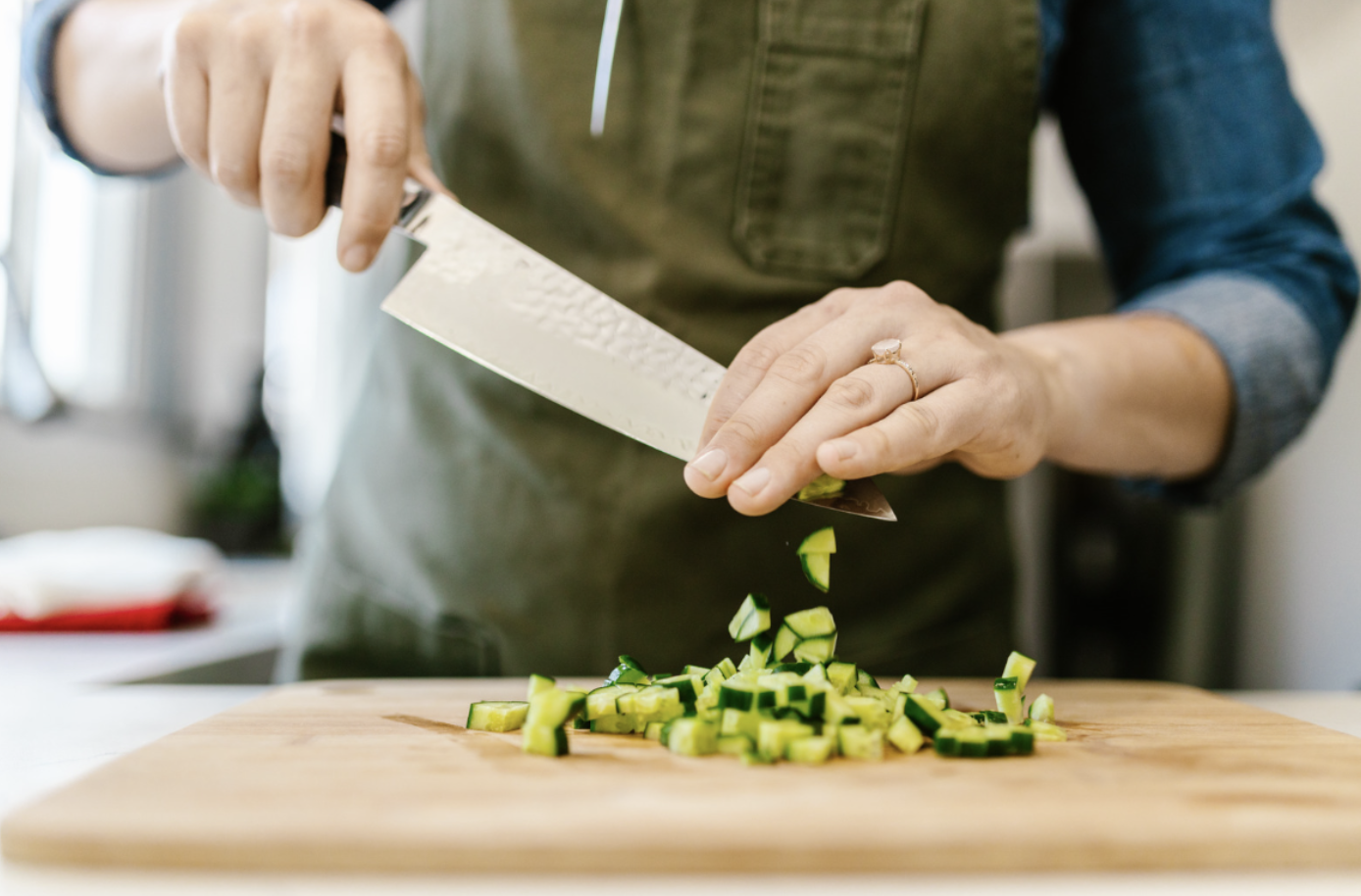How to Protect Your Chef Knife: Essential Tips for BBQ Enthusiasts
Written By James Morgan
As a barbecue enthusiast, yourchef knife is one of the most important tools in your arsenal. Whether you're slicing through tender meats or dicing up the freshest veggies for your grill, your knife needs to maintain its sharpness and functionality. So, the burning question is - How to protect chef knife efficiently?
Ensuring your chef knife stays in top-notch condition ensures a superb grilling experience every time. Let's delve into the essential tips to keep your chef knife sharp and safe.

Why Proper Knife Maintenance is Crucial
Every barbecue enthusiast knows the importance of precision. A well-maintained chef knife ensures you get those perfect, even slices every time. But thats not the only reason maintenance is critical. Proper upkeep extends the life of your knife, saves you money in the long run, and, most importantly, ensures safe knife handling during your barbecue sessions.
Regular Cleaning and Drying
One of the foundational steps inchef knife care is regular cleaning. After each use, make sure to hand wash your knife with warm, soapy water. Avoid putting it in the dishwasher as the high heat and aggressive detergents can damage the blade. Once cleaned, dry the knife immediately with a soft cloth.
Moisture can lead to rust or corrosion, which compromises the blade's integrity. Never let your knife air dry, as even a tiny bit of water left on the blade can cause damage over time.

Proper Storage Solutions
How you store yourchef knife significantly impacts its longevity. Here are some suitable storage options:
- Knife Blocks: These provide a safe and convenient home for your knives, protecting the blades from damage.
- Magnetic Strips: Ideal for keeping knives within easy reach while preventing them from clashing with other utensils.
- Drawer Inserts: Customizable inserts that keep each knife in its own slot, protecting the edges and your hands.
Storing your knife properly also ensures a safer kitchen environment, especially during bustling barbecue prep times when quick access to tools is essential.
Regular Honing and Sharpening
Maintaining a sharp blade is critical for both performance and safety. Dull knives require more force, increasing the risk of slipping and causing injuries. Use a honing rod to realign the blade's edge regularly.
Knife care involves occasional sharpening with a whetstone or a professional sharpening service. Sharpening removes bits of the blades edge, restoring its sharpness and ensuring clean cuts.

Using the Right Cutting Surfaces
Not all cutting boards are created equal. Hard surfaces like glass, granite, or ceramic can dull your knife quickly. Instead, opt for softer surfaces such as:
- Wooden Cutting Boards: Gentle on knives and naturally antibacterial.
- Bamboo Boards: Slightly tougher than wood but still knife-friendly.
- Plastic Boards: Easy to clean and affordable, though they wear out faster than wood or bamboo.
Consistent use of the right cutting surface prolongs your knifes sharpness and keeps your barbecue prep smooth and efficient.
Safe Handling and Cutting Techniques
Proper knife handling not only protects your knife but also ensures your safety. Here are some cutting techniques and handling tips:
- Knife Grip: Hold your knife correctly, with your thumb and forefinger gripping the blade and the other fingers around the handle. This grip gives better control and reduces stress on your hand.
- Cutting Technique: Use a rocking motion when cutting. The knife tip should stay on the cutting board while the blade moves up and down in a controlled manner.
- Chopping and Slicing: Use the full length of the blade rather than just the tip. This technique ensures even cuts and reduces the effort needed.
For more in-depth guidance, check out knife safety tips.

Preventing Cross-Contamination
One often overlooked aspect is preventing cross-contamination. Using the same knife and board for both raw meats and vegetables can spread harmful bacteria, especially during outdoor grilling sessions. Ensure you clean your knife thoroughly between uses or use separate knives and boards for different ingredients.
The Importance of Regular Inspections
Regularly inspect yourchef knife for any signs of damage. Look out for chips, cracks, or discoloration on the blade. Small issues can be addressed easily, but if the knife is significantly damaged, consider repairing or replacing it. Ignoring minor problems can lead to accidents or degrade the knife's performance over time.
Conclusion: Barbecue Success with a Well-Protected Chef Knife
For barbecue enthusiasts, maintaining achef knife is not just about preserving a tool it's about ensuring every grilling experience is seamless and enjoyable. From regular cleaning and proper storage to mindful handling and routine sharpening, every step you take to protect your chef knife contributes to your grilling prowess.
Remember, a well-maintained knife ensures precision, safety, and satisfaction in every slice, dice, and chop. So, make thesechef knife care tips a part of your barbecue routine, and enjoy the delicious rewards they bring.
FAQs
How often should I sharpen my chef knife?
The frequency of sharpening depends on usage. For regular home cooks, sharpening every 6-12 months is sufficient. However, for avid barbecue enthusiasts, you might need to sharpen your knife more frequently.
Can I use any soap to wash my knife?
Its best to use mild dish soap. Harsh detergents can damage the blade over time. Always hand wash and dry your knife immediately after use.
What should I do if my knife gets damaged?
If your knife sustains minor damage, such as small chips, you can often sharpen it out. For significant damage, consider professional repair services or consulting the manufacturer for repair options.
As an Amazon Associate, I earn from qualifying purchases.
For more insightful articles, visit our other resources



